A trip to Kos, Lipsi and Patmos is an experience that combines the magic of the Greek islands with millennia-old history, mysticism, and breathtaking landscapes. These three islands, located in the Dodecanese archipelago, are diverse yet united by a common thread: the authenticity of Greek culture, the beauty of the sea, and the hospitality of traditional villages.
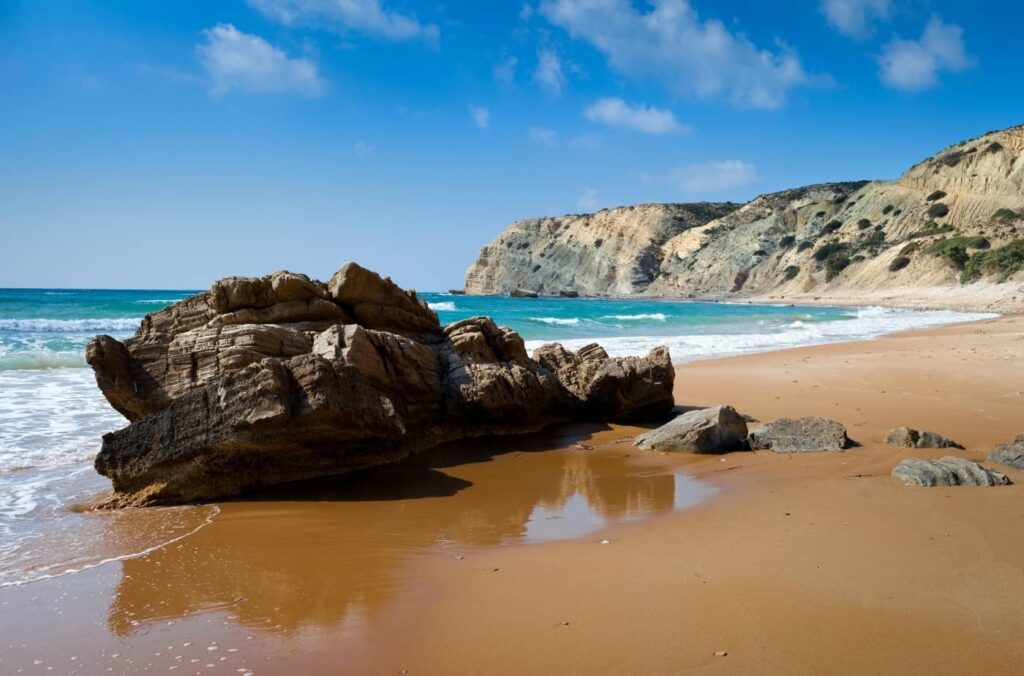
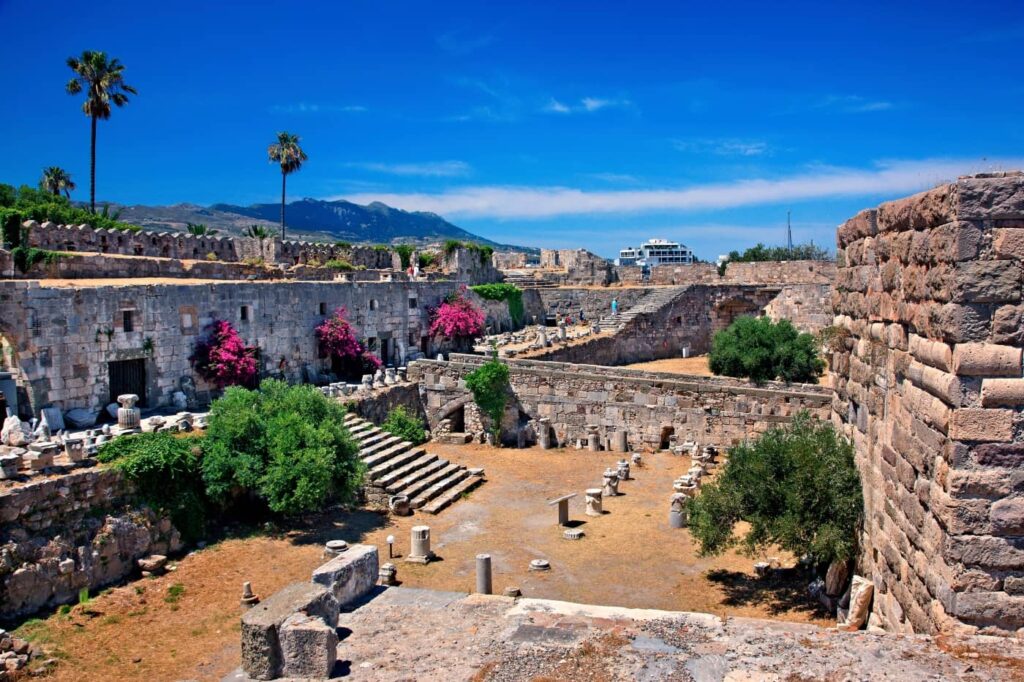
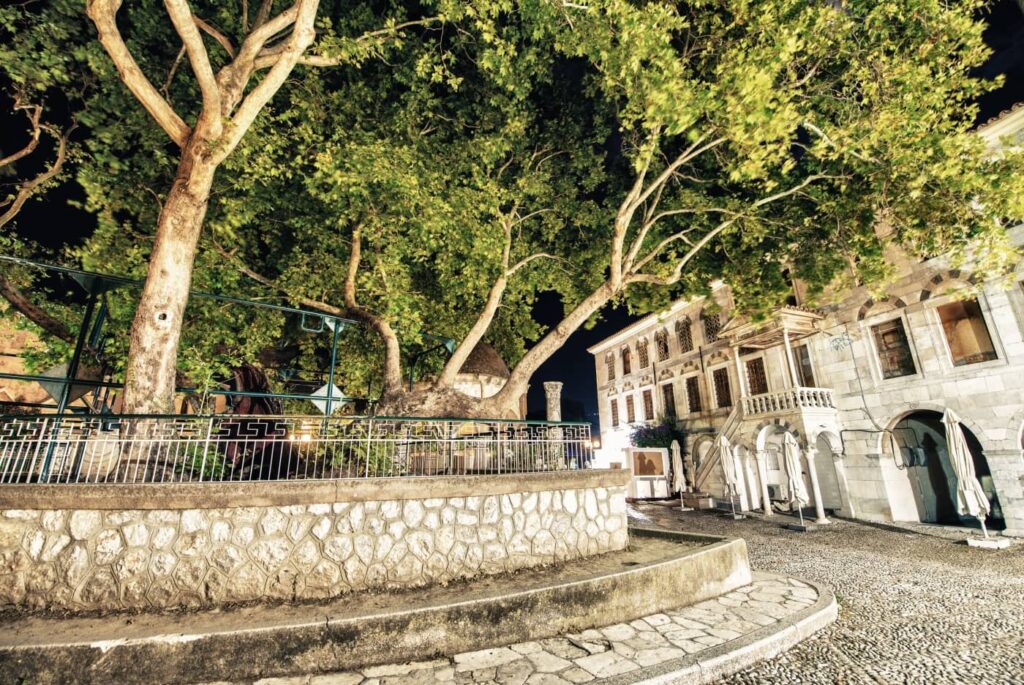
Kos is the third-largest island of the Dodecanese, located just a few kilometers from the Turkish coast, so close it almost seems you can touch it. It boasts a coastline of over 120 kilometers, with sandy beaches, hills covered with olive trees and vineyards, and a hinterland dotted with picturesque villages and archaeological sites, a perfect blend of history, modernity, and vibrancy.
Kos ha una storia antichissima che risale alla civiltà micenea ed all’epoca classica. È famosa soprattutto per essere la patria di Ippocrate, il padre della medicina, nato qui nel 460 a.C.
L’isola ha rivestito un ruolo strategico nell’Egeo durante l’epoca ellenistica, romana, bizantina e ottomana, ed è stata un punto di scambio culturale e commerciale tra Europa e Medio Oriente.
La mitologia la lega ad Eracle (Ercole): si racconta che l’eroe sbarcò sull’isola dopo una tempesta, dove sconfisse alcuni giganti che lo attaccarono.
Lipsi (or Leipsoi) is a small island in the Dodecanese, located between Patmos and Leros. It is ideal for those seeking an island with quiet beaches, crystal-clear waters, and a picturesque main village, characterized by white houses and blue roofs.
Lipsi has been inhabited since prehistoric times, with traces of Hellenistic and Roman settlements. The island has always lived off fishing and agriculture, and in recent decades has opened up to slow and sustainable tourism.
According to legend, Lipsi is linked to Calypso, the nymph who detained Odysseus on the island of Ogygia.
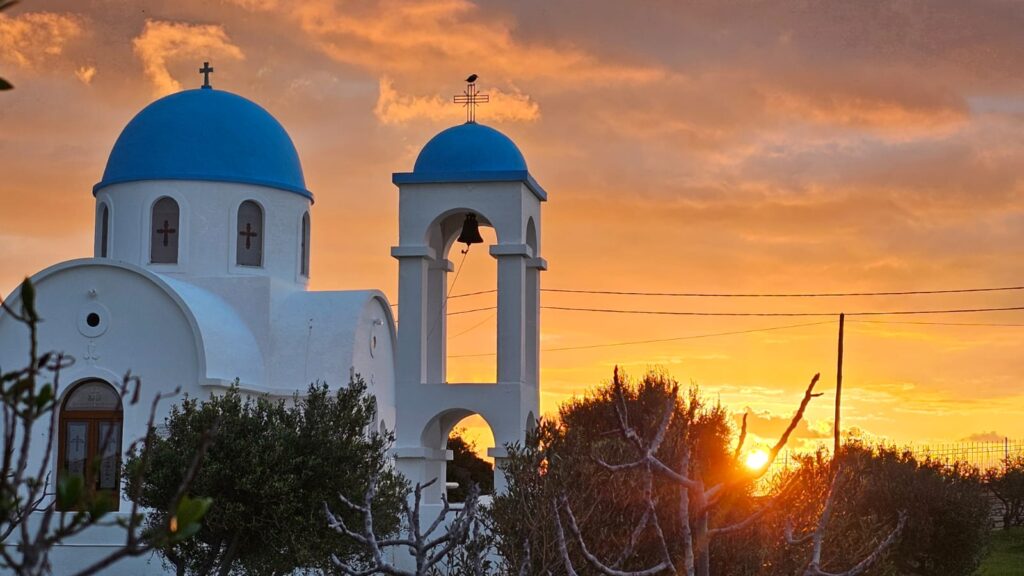

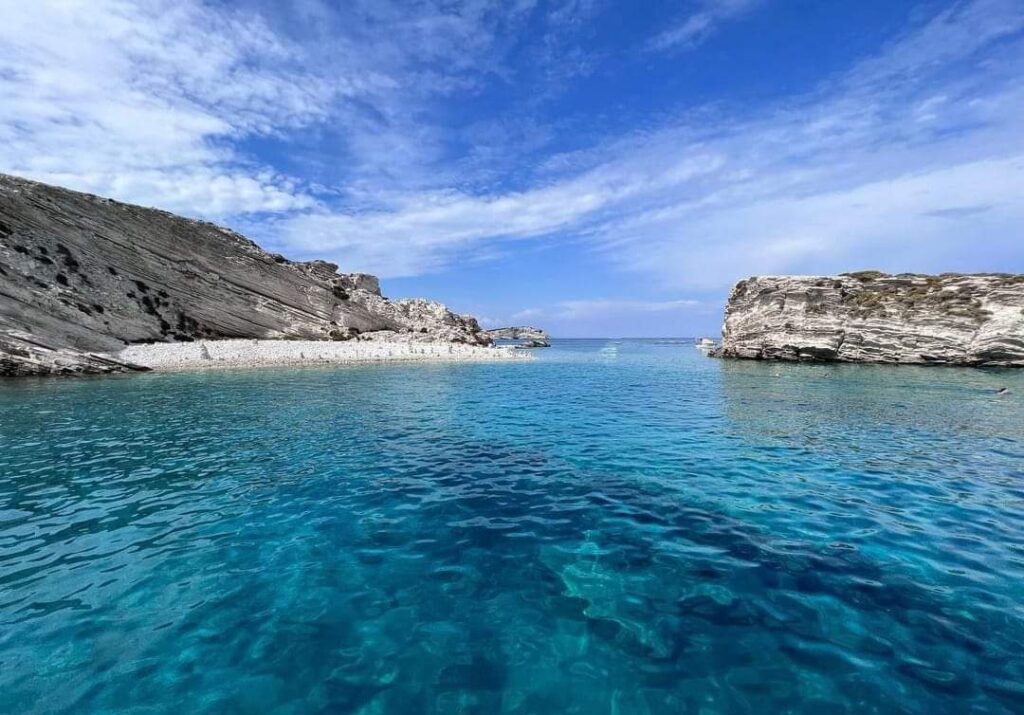

Patmos is a small volcanic island in the Aegean, characterized by barren hills, hidden coves, and a spiritual atmosphere. It is known as Greece’s “holy island” for its connection with St. John the Evangelist.
Patmos is famous for the Monastery of St. John the Theologian and the Cave of the Apocalypse, where, according to Christian tradition, the apostle John received revelations directly from God, which he recorded in the Book of Revelation. The island has been under Byzantine, Venetian, and Ottoman rule, but has always maintained a strong connection to spirituality and culture.

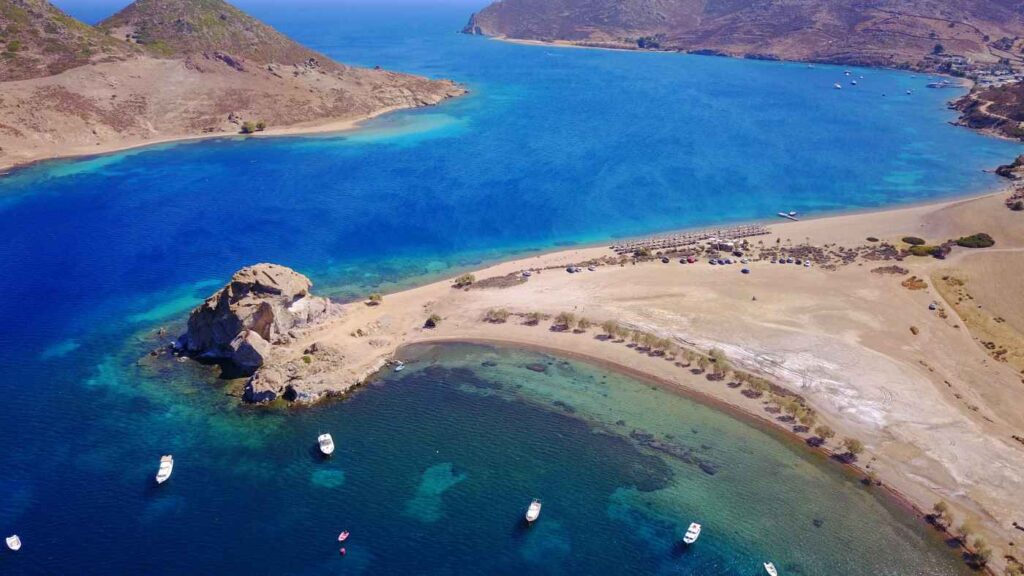
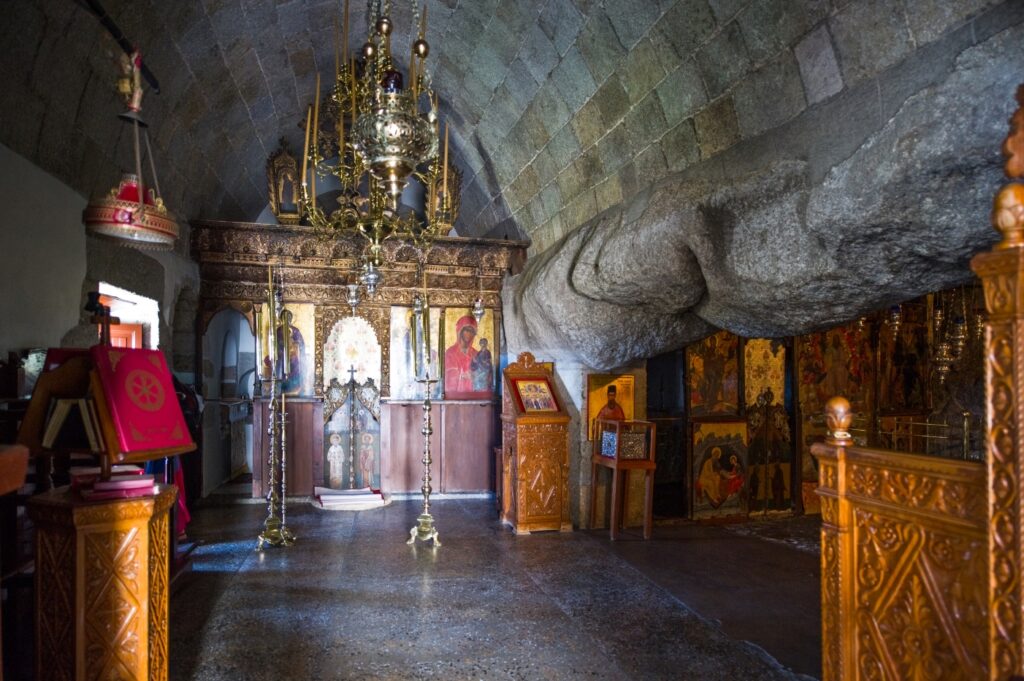
An itinerary through Kos, Lipsi, and Patmos is a true island experience, offering a complete journey through history, nightlife, pristine nature, and a spirituality that will leave even the most atheist speechless.
What are you waiting for? Tell us your dates and we’ll organize everything for you; all you’ll have to worry about is what to pack.

Contact Us

Compila il form: ti rispondiamo al più presto
